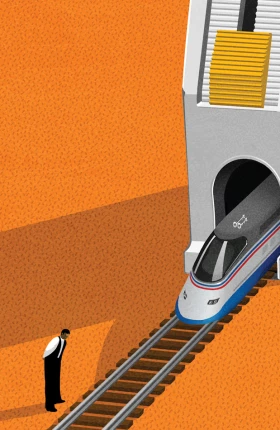During the past two decades, the European Commission has launched a series of reforms to improve the economic efficiency and service quality of European railways and to reduce barriers to rail travel throughout the continent. EC regulators have detailed approaches that national policymakers can use to establish sound and transparent funding schemes and to implement interoperability. In both current and proposed regulations, however, the EC has focused especially on promoting competition through liberalization.
But is there a link between liberalization and improved railway performance? And to what extent do public expenditures and a railway system’s governance model influence performance independently of market openness? More generally, what are the drivers of railway performance? This information is critical to the EC, national governments, and railway operators as they seek to develop and implement policies to improve railway performance.
To increase understanding of what drives railway performance in Europe, and to provide a tool for measuring that performance, The Boston Consulting Group developed the Railway Performance Index. To our knowledge, the RPI is the most comprehensive benchmarking of European railway operations conducted to date. Previous studies have focused on only one factor—productivity, the level of public expenditures, or the degree of market liberalization. The RPI, however, provides a holistic measurement that includes three critical components of railway performance: intensity of use, quality of service, and safety. This comprehensiveness allows us to isolate the factors that drive high performance. As a result, the RPI provides valuable insights for all stakeholders who seek to promote high performance by European railway systems.
Four key findings emerged from our benchmarking and analysis:
- Five countries have high-performing railway systems: Switzerland, France, Germany, Sweden, and Austria.
- Switzerland, France, Germany, and Sweden get better value in return for public investments in their railway systems than other European countries.
- A railway system’s overall performance generally correlates with the level of public cost.
- There is only a weak correlation between performance and the degree of market liberalization or the choice of governance model.
The 2012 RPI is the first edition of our benchmarking. We plan to publish an updated index annually.





